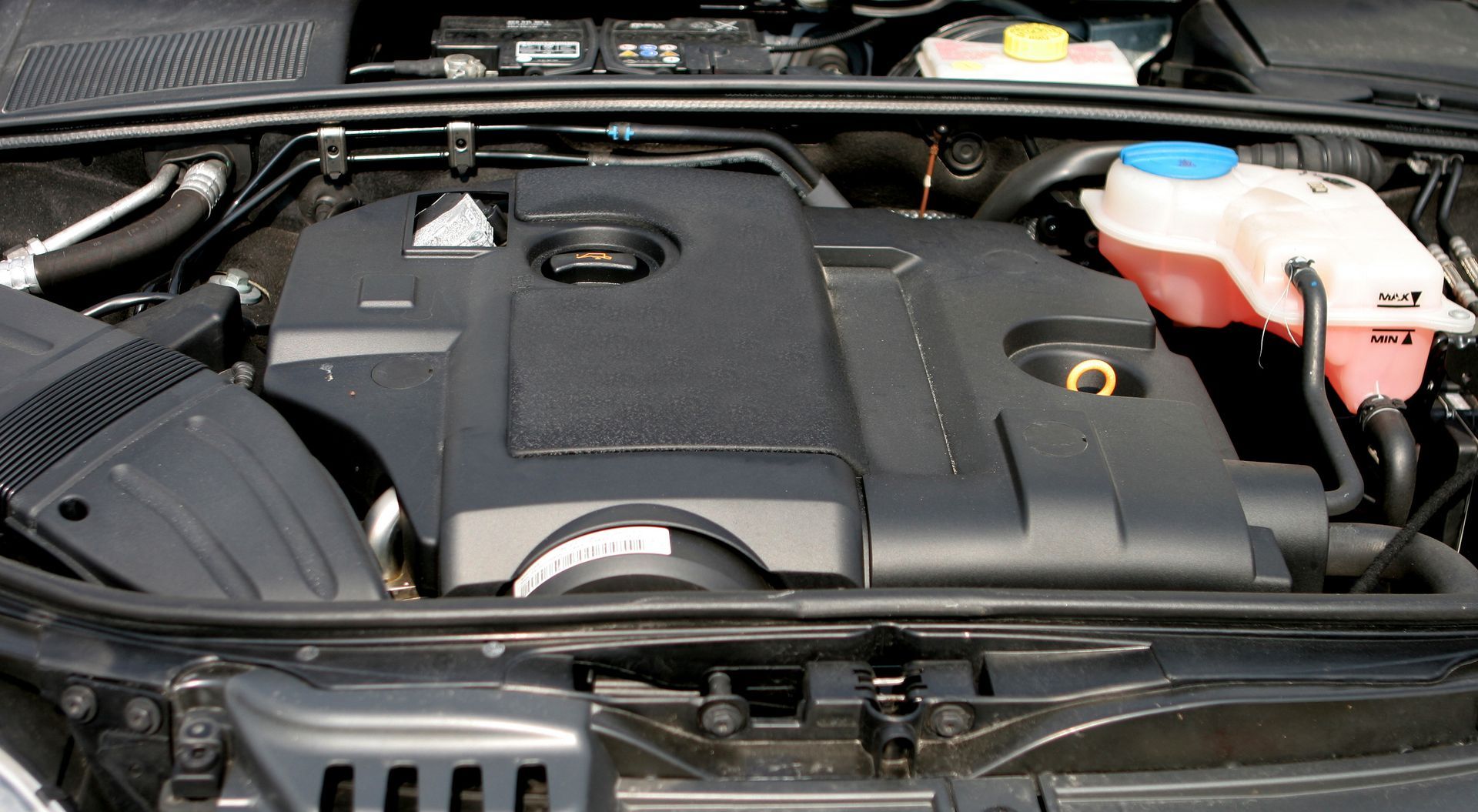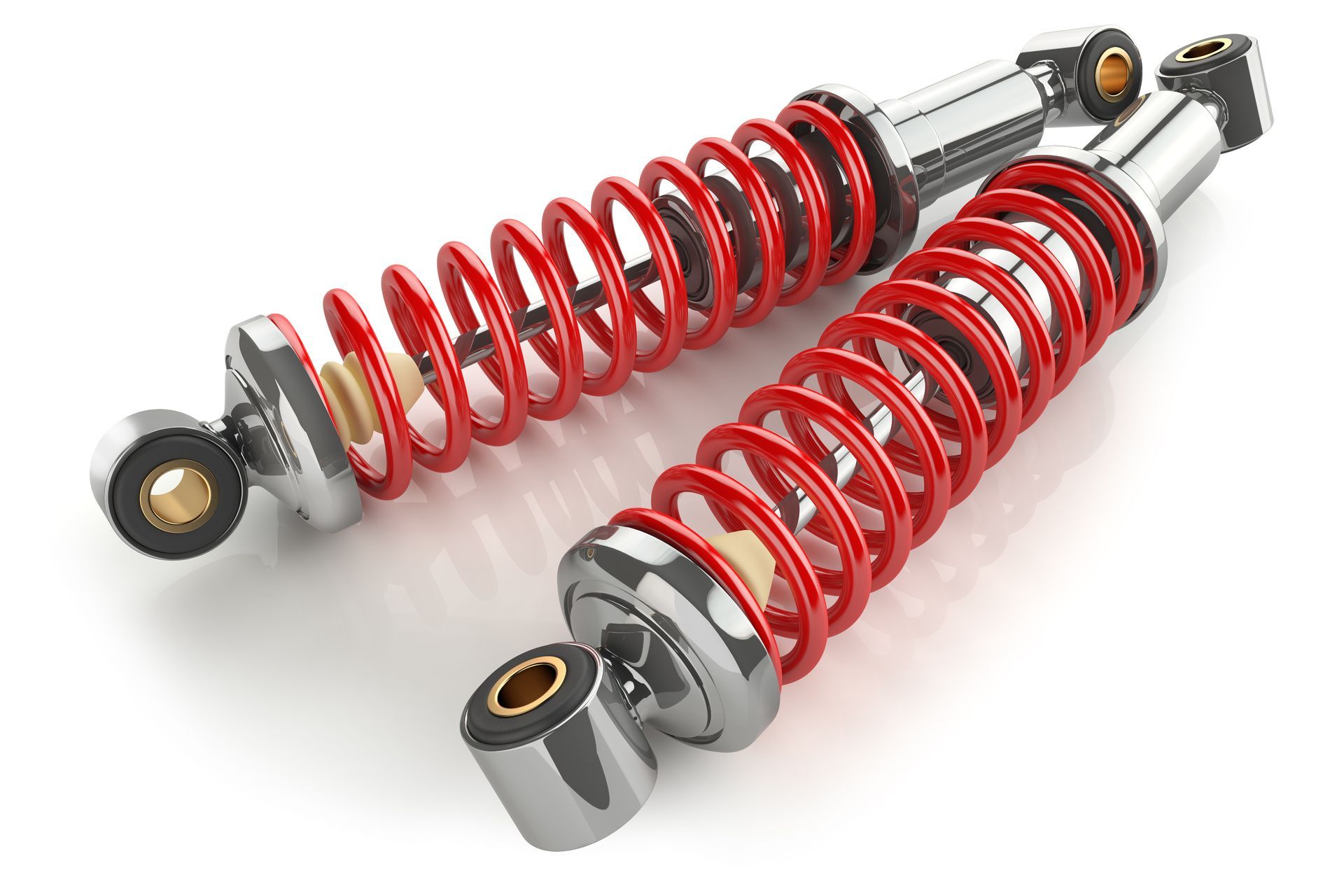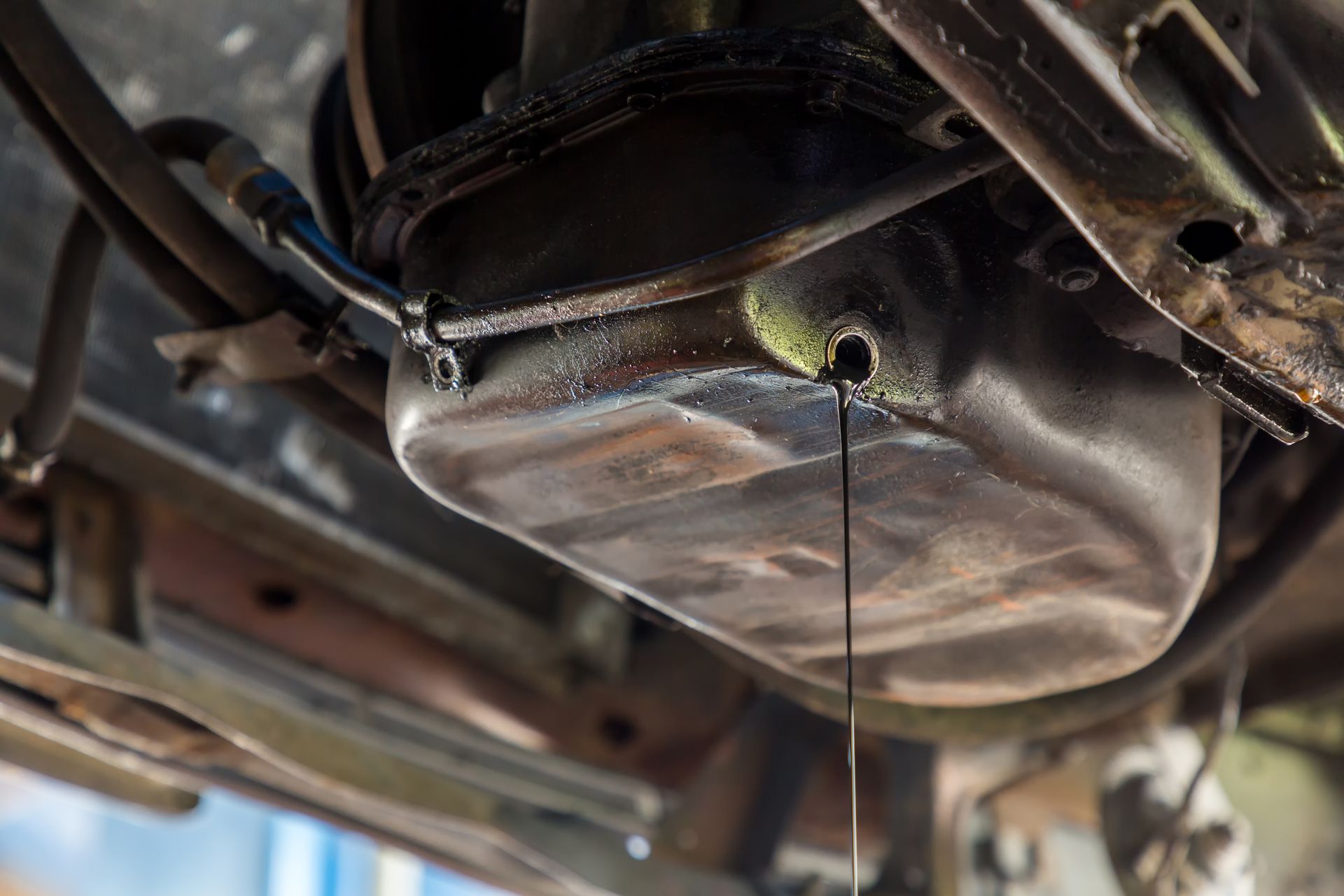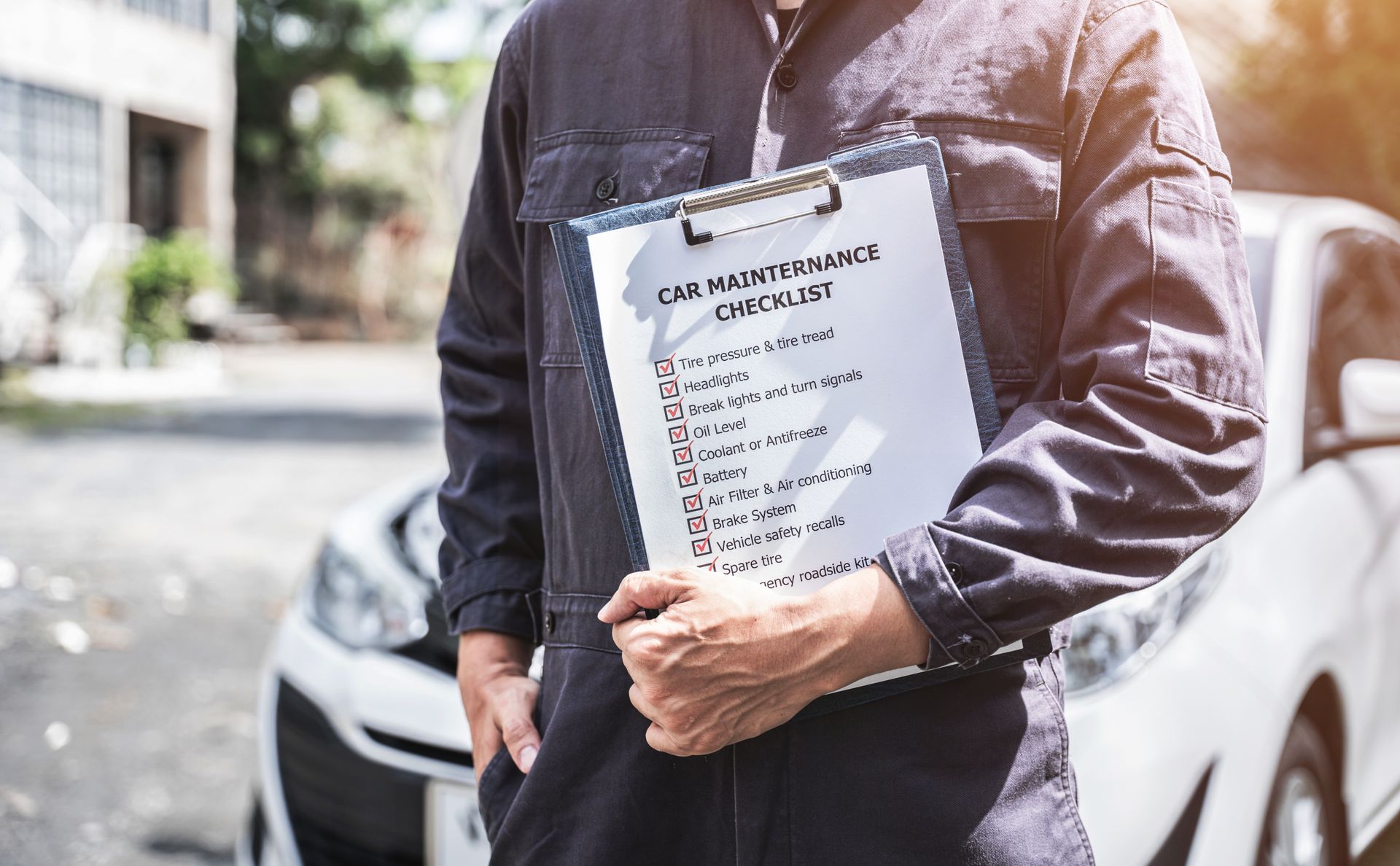Most drivers know that coolant helps keep the engine from overheating, but what many overlook is that coolant does much more than that. It also prevents corrosion inside the radiator, heater core, and engine and helps maintain optimal engine temperatures in both summer and winter.
Over time, coolant degrades. It becomes less effective at regulating temperature, and the additives that protect your engine’s internals wear out. That’s why regular coolant flushes are important. Skipping this service may not cause problems immediately, but the damage builds quietly and can lead to expensive repairs if left unchecked.
What a Coolant Flush Does
A coolant flush removes the old, degraded antifreeze and any contaminants that have built up in the system. This includes rust, scale, and other debris that circulate through the cooling system as parts age and wear.
Flushing the system thoroughly and refilling it with fresh coolant restores proper temperature control and corrosion protection. It also gives a technician a chance to check for signs of leaks, failing hoses, or other cooling system problems that could be developing behind the scenes.
What Happens When You Delay or Skip It
Skipping a coolant flush allows old coolant to linger and continue breaking down. As the fluid loses its protective qualities, corrosion begins to form inside the radiator, water pump, thermostat, and engine passages. This buildup restricts flow, reduces cooling efficiency, and increases the risk of overheating.
Another common issue is sludge. When coolant degrades, it can thicken and mix with contaminants to form a sludgy residue. This sludge can block narrow passages in the heater core or radiator and force your engine to work harder to stay cool.
In extreme cases, neglecting coolant service can lead to a blown head gasket, cracked cylinder head, or complete engine failure due to overheating.
How Often Should You Flush Your Coolant
Most manufacturers recommend a coolant flush every 30,000 to 60,000 miles, although this interval may vary depending on the type of coolant used and your driving habits. Some extended-life coolants claim to last over 100,000 miles, but even in those cases, the system should still be checked regularly for contamination or leaks.
Vehicles that experience a lot of stop-and-go traffic, heavy towing, or long drives in hot weather may benefit from more frequent cooling system inspections.
Warning Signs That Your Coolant Needs Attention
Even if your car hasn’t reached the recommended mileage interval, certain symptoms might indicate that your coolant isn’t doing its job. These include:
- Engine running hotter than normal
- Sweet smell coming from under the hood
- Visible coolant leaks on the ground
- The coolant reservoir looks rusty or sludgy
- Low coolant level that keeps dropping
These signs shouldn’t be ignored. Catching them early could save your engine and prevent a roadside breakdown.
Can You Just Top Off the Coolant Instead
Topping off coolant is fine if you're low, but it’s not a substitute for a full flush. Simply adding new fluid to old won’t remove the contaminants that have built up or restore the cooling system’s full protective abilities.
It’s like topping off dirty engine oil—you might add volume, but you’re not solving the root of the problem. A full flush is needed to clean the system and restore its performance.
Protect Your Engine with a Coolant Flush from Tom's Auto Maintenance in Milwaukee, WI
Your vehicle’s cooling system works hard year-round to keep your engine running smoothly. Skipping a coolant flush might save a few bucks now, but the long-term consequences can be far more costly.
Call
Tom’s Auto Maintenance in Milwaukee, WI, today to schedule a coolant flush. We’ll help your engine stay cool, clean, and protected no matter what the temperature outside.








